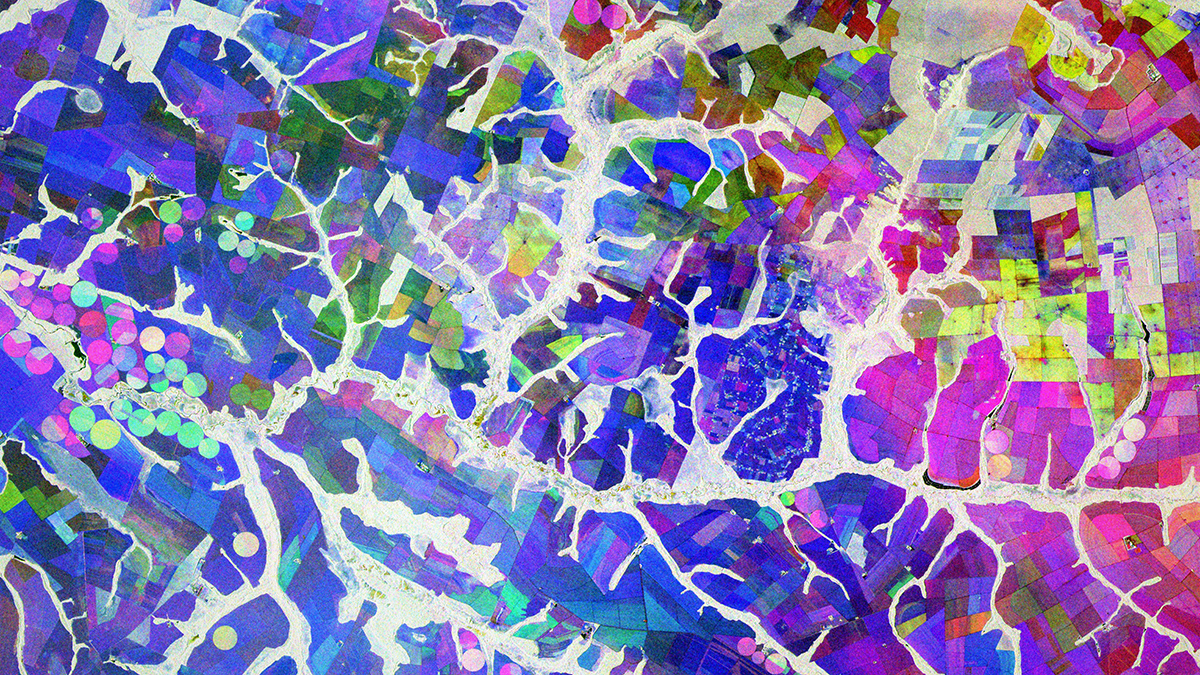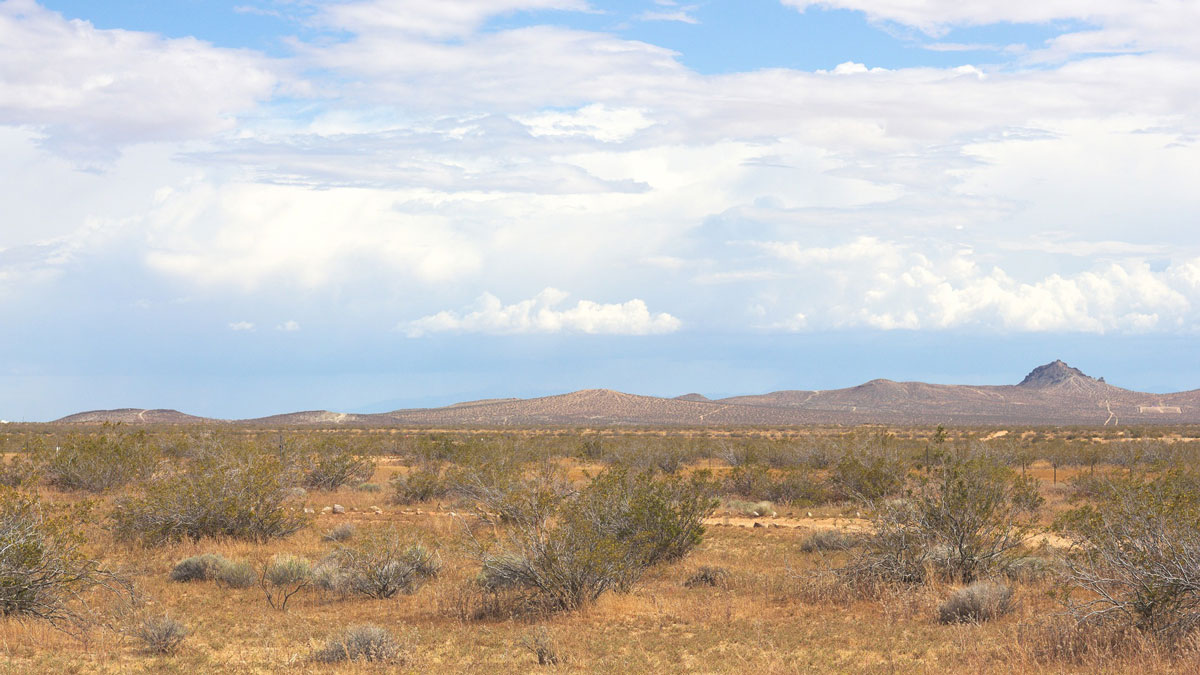An open-science tool built to support NASA missions is making synthetic aperture radar, once the domain only of subject matter experts, more accessible for nonspecialists and real-world applications.
cool tools
An Unprecedented Experiment to Map Kīlauea’s Summit Magma System
Dozens of researchers deployed nearly 2,000 seismic stations—and a T-Rex—to better illuminate subsurface structure and magma storage below the summit of the highly active volcano.
Fiber-Optic Cables Used to Measure Changing Soil Moisture
Scientists are using seismic techniques to measure soil moisture. Their results show that recent droughts in California depleted water in the shallow subsurface.
Sensing Remote Realms of the Deep Ocean on Earth—and Beyond
A novel laser-equipped probe is collecting measurements of deep-sea geochemical environments that once seemed impossible to gather, pointing the way toward future explorations of other ocean worlds.
¿Qué tan líquida es esa lava?
Un nuevo dispositivo ayuda a los científicos a medir la viscosidad de la lava durante los derrames activos.
U.S. Earthquake Early Warning System Gets a Major Upgrade
Satellite capabilities will improve the accuracy of ShakeAlert earthquake magnitude measurements.
A Mission to Uranus Requires a Community-Building Effort on Earth
Planning the first mission to Uranus since the 1980s offers an opportunity to build a diverse, interdisciplinary team that spans generations.
The Past, Present, and Future of Extraterrestrial Sample Return
Retrieving samples from distant solar system bodies has revolutionized our understanding of the cosmos and our place in it.
How Liquid Is That Lava?
A new device helps scientists measure lava viscosity during active flows.
Supersharp Images Reveal Scars of Major Eruption on Io
Jupiter’s volcanic moon is captured in exquisite detail by an instrument atop a mountain in Arizona.










